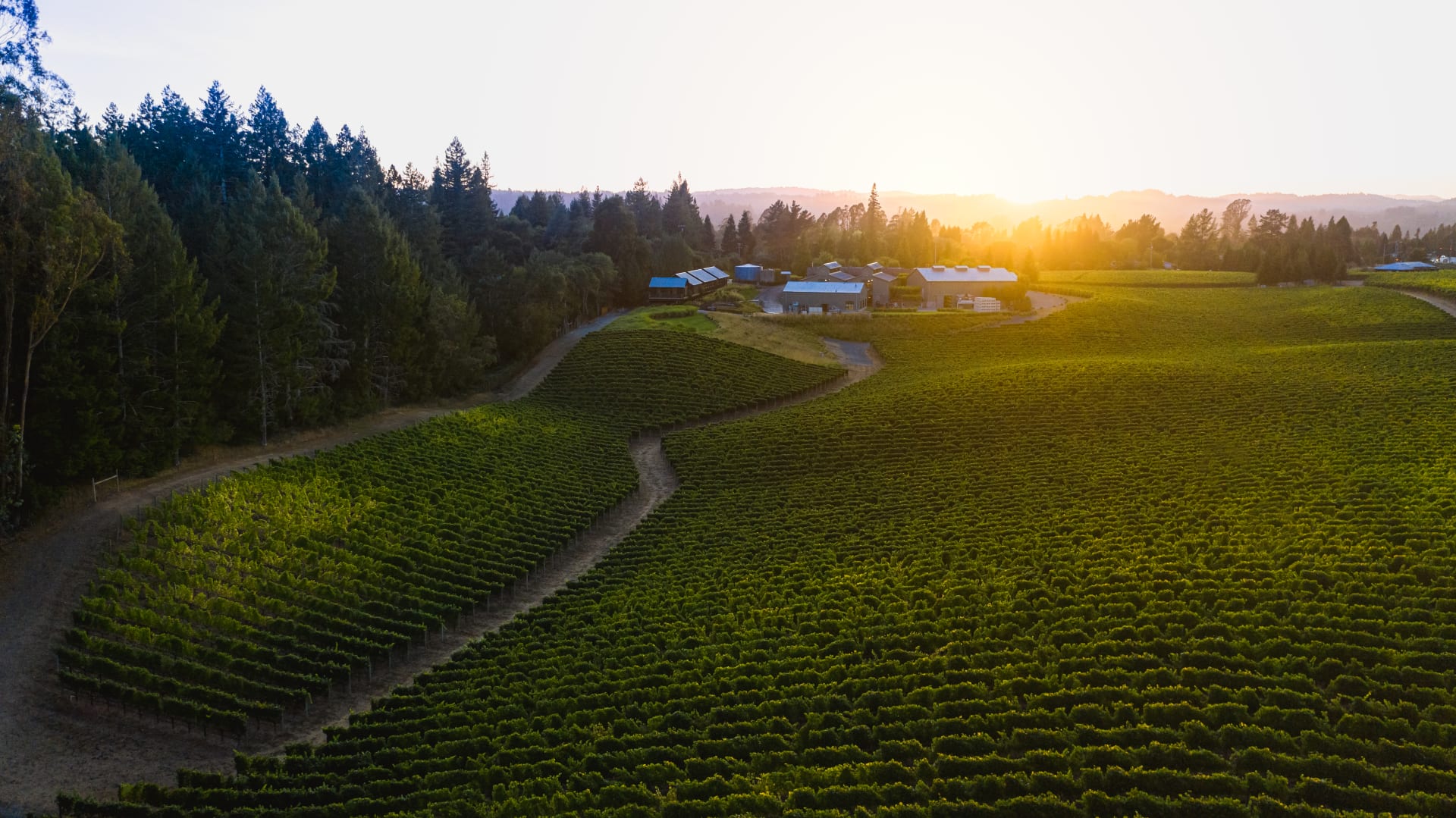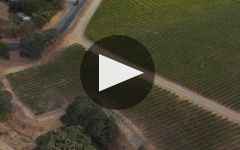Paul Hobbs Russian River Chardonnay 2016
-
Robert
Parker -
James
Suckling



Product Details
Your Rating
Somm Note
Winemaker Notes
Pale straw with a chlorphyllic tint, the 2016 Russian River Valley Chardonnay displays a lovely pearlescence in the glass. Arresting aromatics of Asian pear, white florals, and tangerine peel leap dramatically from the glass. Dynamic flavors of Ginger Gold apple, zesty lemon pie, brioche, and ginger spice emerge harmonious from a palate—round and supple in texture—with energetic acidity, elegance, and very long length. Try paired with Gruyère gougères, or scallops of almost any preparation. Serve at 45°-50° F.
Professional Ratings
-
Robert Parker's Wine Advocate
The 2016 Chardonnay features a wonderfully spicy nose of nutmeg, ginger ale and coriander seed with a core of Bosc pears, ripe nectarines and applesauce. Medium to full-bodied, the palate has fantastic freshness with a zippy acid line lifting all those fantastic spices to a good long finish.
-
James Suckling
A creamy white with some mangoes and sliced lemons. Medium body, a round and soft texture and hints of lemon rind.
Other Vintages
2021-
Jeb
Dunnuck -
Wine
Spectator -
James
Suckling -
Robert
Parker
-
Wine
Spectator -
Jeb
Dunnuck -
Robert
Parker
-
James
Suckling -
Robert
Parker -
Jeb
Dunnuck
-
Jeb
Dunnuck -
James
Suckling -
Robert
Parker
-
Jeb
Dunnuck -
Connoisseurs'
Guide -
James
Suckling -
Wine
Spectator -
Robert
Parker
-
Wilfred
Wong -
James
Suckling -
Robert
Parker -
Wine
Spectator
-
James
Suckling -
Wine
Spectator
-
Robert
Parker
-
Wine
Spectator
-
Wine &
Spirits

One of the most popular and versatile white wine grapes, Chardonnay offers a wide range of flavors and styles depending on where it is grown and how it is made. While it tends to flourish in most environments, Chardonnay from its Burgundian homeland produces some of the most remarkable and longest lived examples. California produces both oaky, buttery styles and leaner, European-inspired wines. Somm Secret—The Burgundian subregion of Chablis, while typically using older oak barrels, produces a bright style similar to the unoaked style. Anyone who doesn't like oaky Chardonnay would likely enjoy Chablis.

A standout region for its decidedly Californian take on Burgundian varieties, the Russian River Valley is named for the eponymous river that flows through it. While there are warm pockets of the AVA, it is mostly a cool-climate growing region thanks to breezes and fog from the nearby Pacific Ocean.
Chardonnay and Pinot Noir reign supreme in Russian River, with the best examples demonstrating a unique combination of richness and restraint. The cool weather makes Russian River an ideal AVA for sparkling wine production, utilizing the aforementioned varieties. Zinfandel also performs exceptionally well here. Within the Russian River Valley lie the smaller appellations of Chalk Hill and Green Valley. The former, farther from the ocean, is relatively warm, with a focus on red and white Bordeaux varieties. The latter is the coolest, foggiest parcel of the Russian River Valley and is responsible for outstanding Pinot Noir and Chardonnay.








